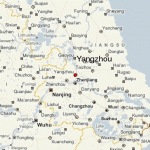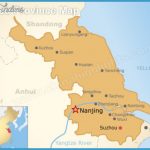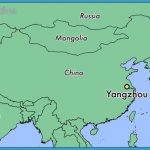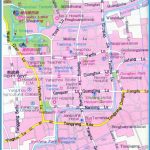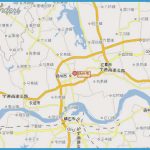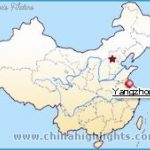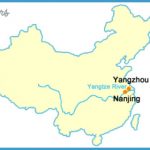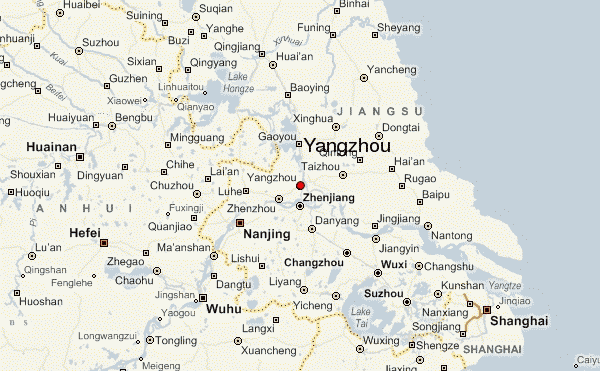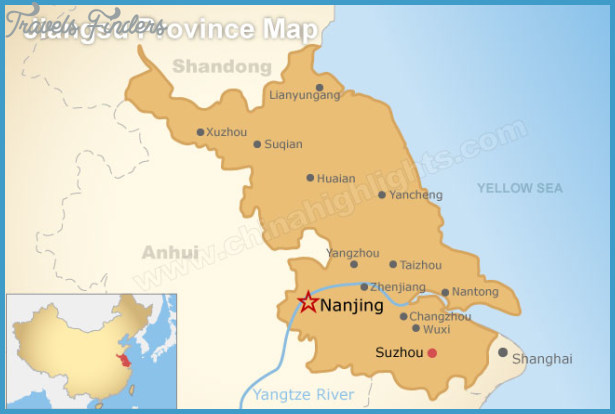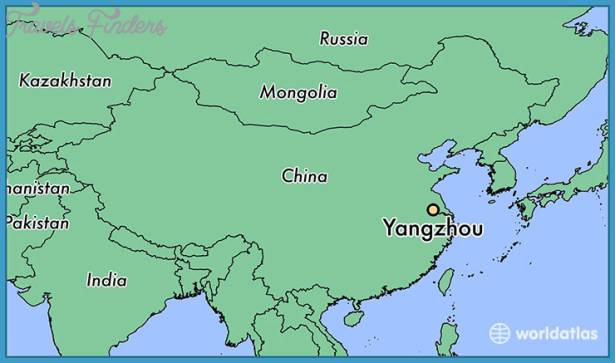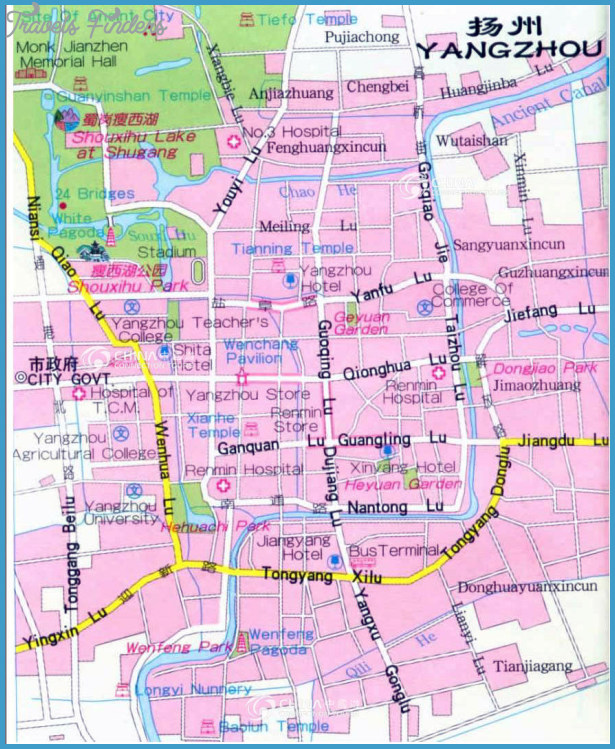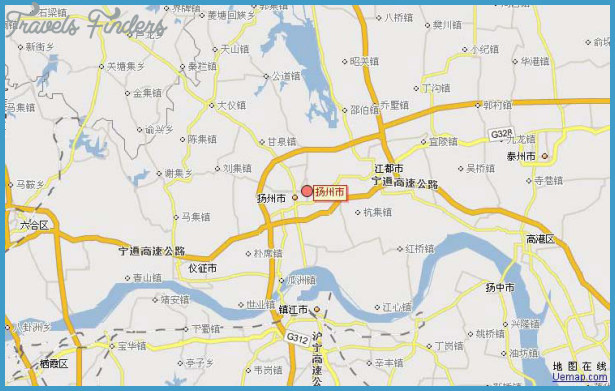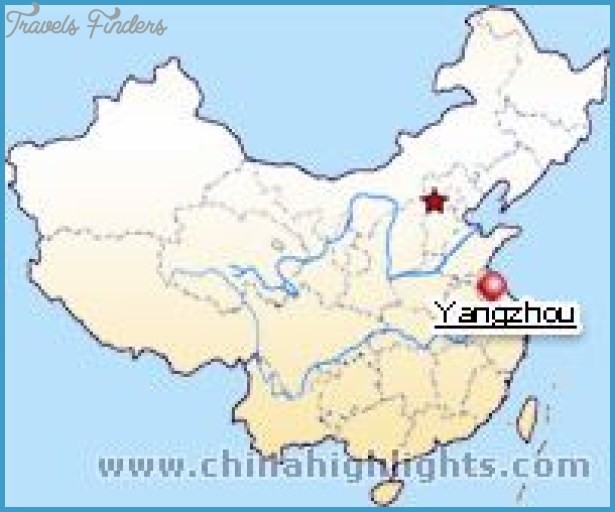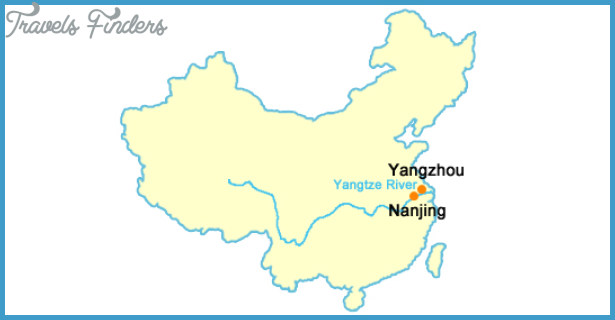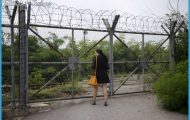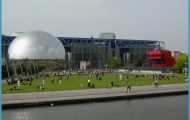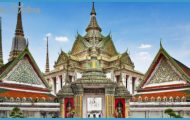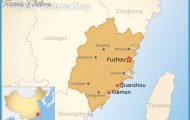Province: Jiangsu. Altitude: 604m/1982ft. Area: 148km/57sq. miles Population: 410,000 (conurbation 6,980,000)
Yangzhou lies in the central region of Jiangsu province, between the Changjiang river and the Grand Canal, at 119°26’E and 32°27’N. Buses run to the provincial capital Nanjing, about 100km/60 miles to the north.
The origins of Yangzhou go back some 2400 years, to the Spring and Autumn period, but it really came into prominence in the 6th c. when the Sui Emperor Yangdi ordered the Grand Canal to be dug. When this project was completed Yangzhou became a major port for foreign trade. Underthe Tangs (618-907) the famous Arab missionary Behao Aldin came here to spread the Islamic gospel. During the Yuan period (1271-1368) Marco Polo stayed in the town for a while and even held quite a high position here. In the Ming and Qing periods (1368-1911) the town became prosperous as a result ofthe salt trade which also attracted considerable patronage. During later years, especially during the reign of Emperor Qianlong (1736-96) Yangzhou grew to become China’s second largest political, economic, commercial and cultural centre.
During his tours of inspection through south China the Emperor stayed here five times. In order to gain favour with the “Son of Heaven”, as he was known, the local authorities summoned the best cooks from the neighbouring provinces to prepare dishes for him, and thereby established Yangzhou’s reputation for high quality cuisine, placing it in the top four regions in China as far as the culinary arts are concerned. It was at that time, too, that the town’s school of painting emerged, known for its “Eccentric” style. Yangzhou suffered severely in mid-1800s during Taiping Uprising.
Handicrafts have long had a fine reputation in Yangzhou. These include especially jade-carving and embroidery. Story-telling, too, has remained a traditional art-form right up to the present day.
Geyuan Garden, in Dongguan Jie Street, dates from the Qing period (1644-1911); some beautiful bamboo groves are its distinguishing feature.
Narrow West Lake lies in the north-west ofthe town; actually, it is not a lake as such, but rather a section of a stream which was widened first under the Sui (581-619) and then under the Tangs (618-907). It is as beautiful as West Lake in Hangzhou, but smaller and narrower – hence its name. The whole has been made into a public park.
Of interest to visitors are the Little Mountain of Gold (Xiao Jinshan), surrounded by water, and Angel Square (Diayo Tai), at thefoot ofthe mountain where-according to folk-lore-Emperor Qianlong (reigned 1736-96) used to fish.
Narrow West Lake (Shouxi Hu) Little Mountain of Gold Angel Square West Garden (Xiyuan) was laid out in 1751 in the traditional style. This bridge was originally built of wood and painted red and so was then called “Great Red Bridge”. It was replaced by a stone arched bridge in the Qianlong period (1736-96)
The White Dagoba, similar to that in Beihai Parkin Beijing, also dates from the reign of the Emperor Qianlong (1736-96).
Guilin Tang Hall
The Bridge ofthe Five Pavilions was built in 1757 by salt dealers to welcome the Emperor Qianlong. Five pavilions are ranged along its 55km/180ft length.
On Fuzhuang Island, reached by a zig-zag bridge, can be seen some pavilions and covered walks.
At the foot of the Mountain ofthe Plum Blossom (Meihua Ling) in the north of the town stands the Temple of Heavenly Peace, built in the Jin period (265-420). Here in 418 a Nepalese monktranslatedthe Buddhist scriptures. In 1757, on the occasion ofthe visit of Emperor Qianlong, a villa, a garden and an “imperial” mooring berth were built.
This mausoleum is in Leitang, on the northern outskirts of Yangzhou. The Sui Emperor Yangdi came to Yangzhou in 605,610,612 and 618, During his fourth visit to the town he was taken prisoner by some rebel army officers, hanged and buried in a remote grave. In 622 his body was brought here, but it was 1802 before the mausoleum was built.
This garden in the south-east part of the town dates from the Qianlong era (1736-96). It is built in the Classical style.
In the south-east of Yangzhou lies the Heyuan Garden, which was purchased and extended by the government official He at the end of the 19th c. The individual buildings are connected by a covered walkway.
Wenfang Ta Pagoda in the south of the town dates from 1582.
In the west of Yangzhou can be found the Pavilion ofthe God of Literature, which goes back to 1585.
The Pavilion Looking in Four Directions, located further north, dates from the year 1559.
The Temple of Darning Si, 4km/2’/2 miles north-west of Yangzhou, is 1500 years old; however, the present buildings are replacements built in the second half of the 19th c. Before the monk Jianzhen (688-763) went to Japan to spread the Buddhist gospel he lived and worked here for many years. As a result, all Japanese monks attach considerable importance to this temple.
In the main temple building, the Sumptuous Hall of the Great Hero (Daxiong Baodian), stand three statues ofthe Buddha, 18 figures of Luohan and a sculpture of Guanyin.
To the east of the main building stands the Jianzhen Memorial Hall, built between 1963-67 with Japanese financial aid. Here can be seen a wooden statue ofthe monk and a stone tablet bearing an inscription by Guo Moruo (see Famous People).
The Hall Level With The Mountains, located to the west ofthe Temple of Darning Si, was built in the middle ofthe 12thc. by the writer and historian Ouyang Xiu.
Nearthe Ouyang Xiu Memorial Temple (Ouyang Xiu Ci) stands Guilin Tang Hall, built by the poet Su Shi (1037-1101) in memory of his teacher Ouyang Xiu. Paintings and specimens of calligraphy work are exhibited in the building.

